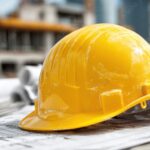The International Energy Conservation Code (IECC) and the American Society of Heating and Air-Conditioning Engineers (ASHRAE), together with the American National Standards Institute (ANSI) and the Illuminating Engineering Society (IES), published a new energy code cycle in January 2021: IECC 2021/ASHRAE 90.1-2019.
Tips to help builders navigate the latest energy code
The new code cycle is the latest edition in a long series of updates spanning many years. In fact, the original ASHRAE standard was published in 1975. Since then, multiple editions have been adopted throughout the U.S., with each cycle containing increasingly stringent requirements. Due to the complexity in each new code cycle, contractors often find themselves wondering, “What do I need to do to meet code?” While the answer to this question depends on a variety of factors, such as project location and budget, there are a few basic tips to help builders navigate the latest energy code cycle and get their projects up to code.
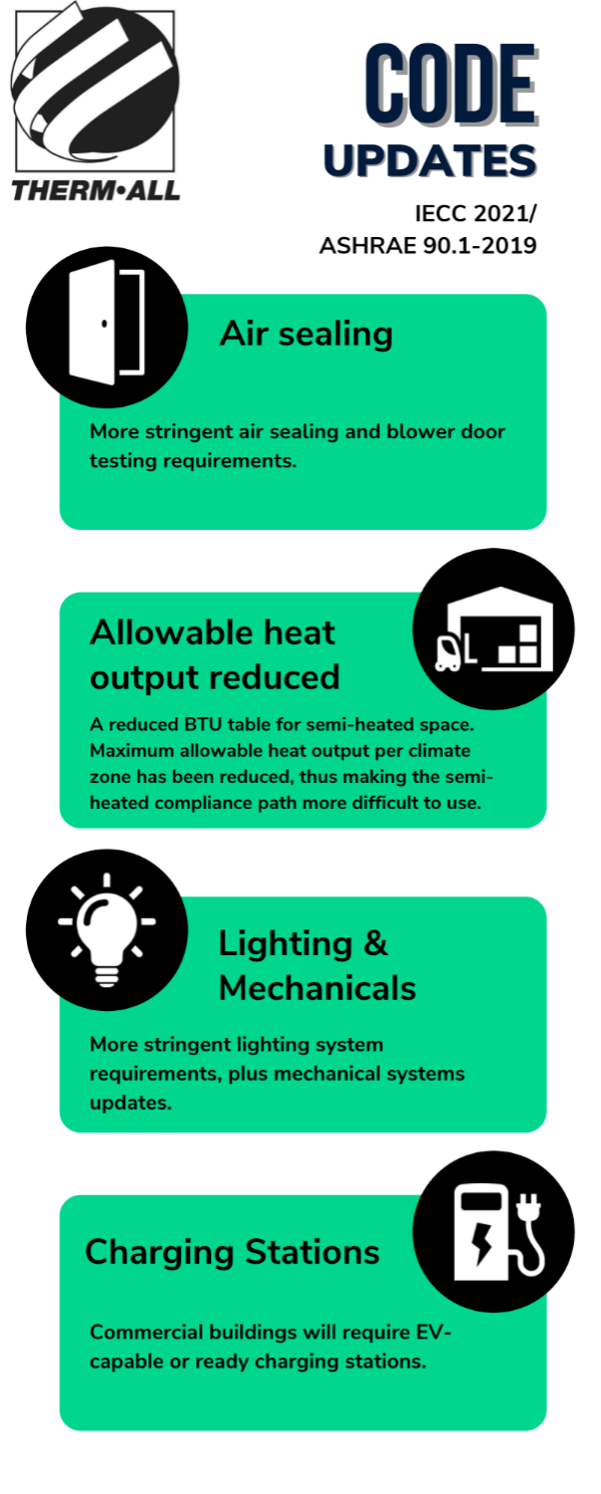
Before I delve into the newest code cycle, a brief primer on the general commercial energy code landscape would prove useful.
The Difference Between ASHRAE and IECC
First, ASHRAE is a standard, not a code. IECC is the code that references the ASHRAE standard. Other differences include:
- ASHRAE and IECC have different three-year cycles.
- IECC follows behind ASHRAE by two years. For example, IECC 2012 references ASHRAE 90.1-2010. IECC 2015 references ASHRAE 90.1-2013.
- IECC offers less choice than ASHRAE 90.1. For example, ASHRAE offers a semi-heated space option; IECC does not. This means that IECC is ultimately a more stringent code than the ASHRAE standard.
What’s in a Code
There are three major components of an energy code:
- Lighting
- HVAC
- Envelope
Additionally, there are many elements within the building envelope subject to energy code regulations:
- Opaque roof and wall assemblies
- Windows
- Skylights
- Doors
- Foundations
- Floors
IECC 2021/ASHRAE 90.1-2019: Changes You Should Know
To make things easy, let’s compare IECC 2021/ASHRAE 90.1-2019 to the most widely adopted code cycle, which is IECC 2015/ASHRAE 90.1-2013 (15/13). Though IECC 2015/ASHRAE 90.1-2013 is not the newest cycle prior to the 21/19 update, it is still the most widely adopted across the country. Thus, all comparisons will be made between 21/19 and 15/13.
One of the larger changes falls under the air barrier category. An air barrier is a material or system of materials designed to reduce uncontrolled air leakage and air infiltration through a building’s thermal envelope. The thermal envelope separates conditioned space and outdoor air. An air barrier can technically comprise different types of material and/or coatings, such as polyolefin. An air barrier can be placed on the interior side, exterior side, somewhere within assemblies composing the envelope or any combination thereof.
While air barriers were made mandatory in the IECC 2015/ASHRAE 90.1-2013 code cycle, never before was an air barrier required to be verified. That’s all changed in the latest code cycle, which now requires the continuous air barrier to be verified by a code official, a registered design professional or an approved agency in accordance with the following:
- A review of the construction documents and other supporting data shall be conducted to assess compliance with the requirements in Sections C402.5.1.
- Inspection of continuous air barrier components and assemblies shall be conducted during construction while the air barrier is still accessible for inspection and repair to verify compliance with the requirements of Sections C402.5.1.3 and C402.5.1.4.
A final commissioning report shall be provided for inspections completed by the registered design professional or approved agency. The commissioning report shall be provided to the building owner.
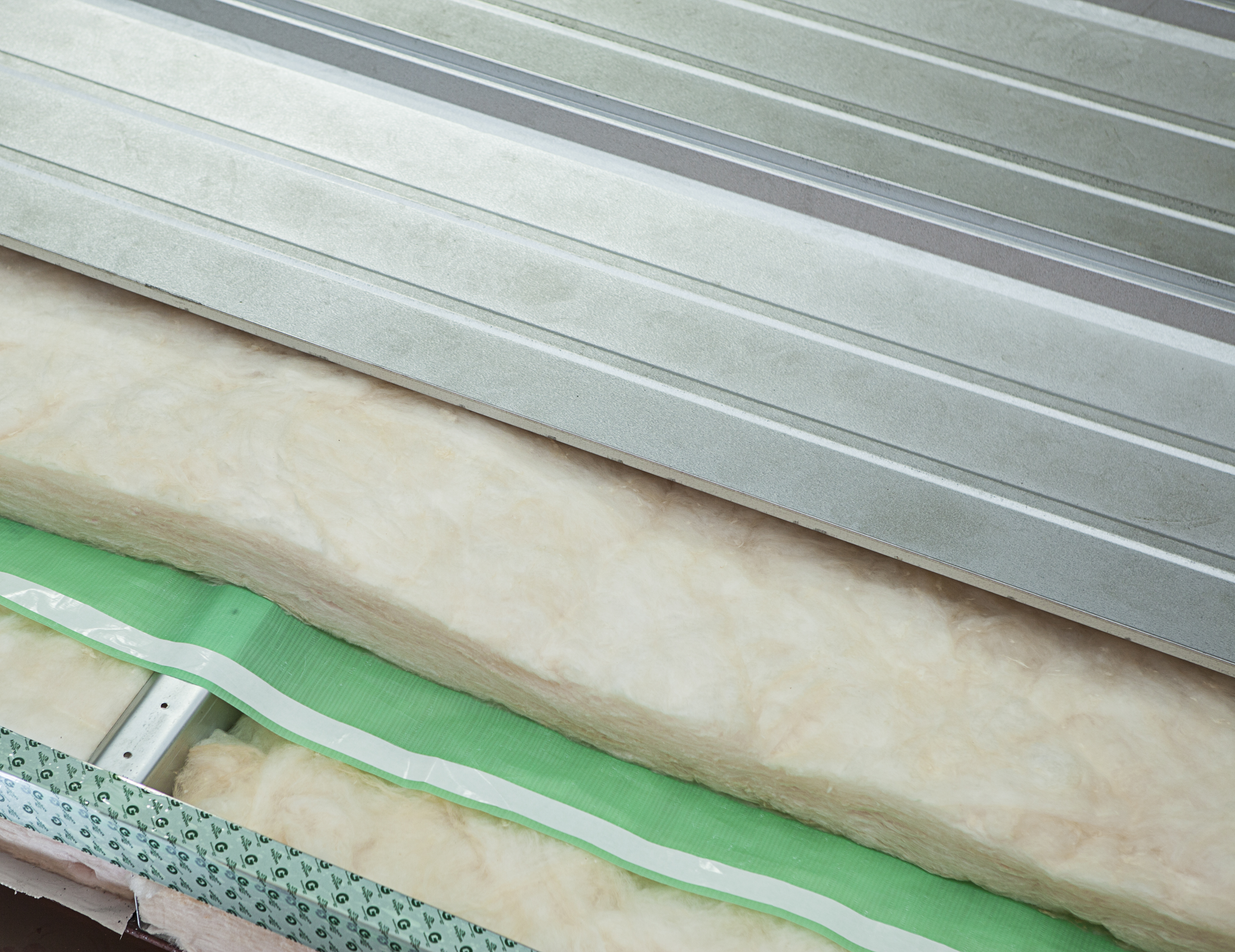
An air barrier located within the assembly
Other notable changes include:
- More stringent air sealing and blower door testing requirements.
- A reduced BTU table for semi-heated space. This means that the maximum allowable heat output per climate zone has been reduced, thus making the semi-heated compliance path more difficult to use.
- Mechanical systems updates, updated equipment efficiency requirements and refinement of energy recovery ventilation requirements.
- A more stringent requirement for lighting systems, such as increased lighting efficiency and decreased lighting power densities requirements.
- Commercial buildings will require EV-capable or ready charging stations.
Code Adoption by State
The top resources we use for state code changes include the Department of Energy (DOE), the Building Codes Assistance Project (BCAP) and the International Code Council (ICC). The accompanying map, which is a comprehensive view of code adoptions in each state, is current as of March 2022. So far, California, Massachusetts, Oregon and Washington have adopted the new code cycle. Other upcoming changes include Ohio, which is soon to adopted IECC 2018/ASHRAE 90.1-2016.
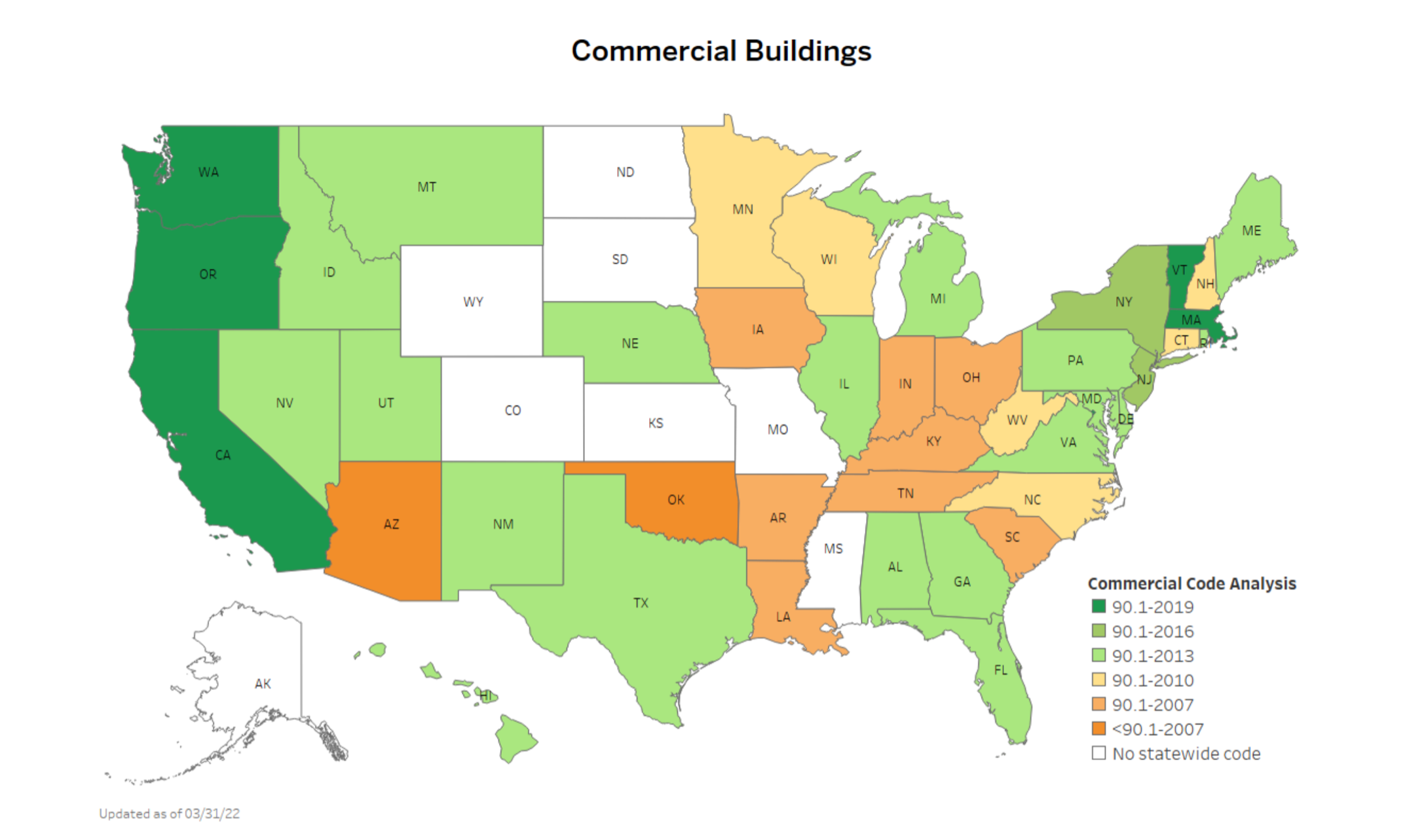
*A review of the codes in place in jurisdictions across the state indicates that 86% (Hawaii) and 82% (Arizona) of the population is covered by codes at this level.
**The Washington State Energy Code is based on the 2018 IECC but with significant amendments.
^ When an amendment impacting energy efficiency can be quantified using DOE Prototype Building Models, they were captured in the analysis.
Note:
- A home rule state is one where codes are adopted and enforced at the local level. Some home rule states will have a mandate that jurisdictions can go above code but also have to meet a certain minimum code. In general terms, the idea of home rule is defined as the ability of a local government to act and make policy in all areas that have not been designated to be of statewide interest through general law, state constitutional provisions, or initiatives and referenda.
- States with extensively different baseline codes for which conducting custom analysis would be cost prohibitive and out of scope of this analysis.
- For states adopting both IECC and 90.1, the IECC code is usually analyzed as the state current code in this study except for states with extensive amendments to the IECC.
The Biggest Question to Answer in 2022: “What Do I Need to Meet Code?”
As we move toward more complexity in each code cycle, this longstanding question will only become even more common. As simple as the question is, it is very difficult to answer. In short, the compliance path I recommend most often is the prescriptive approach. Per the U.S. Department of Energy, the prescriptive approach includes “requirements that either must be met by every building design, or if the requirement is not met, a tradeoff can be made to make up for not meeting that requirement.” In other words, you must meet all U-values of the roof, walls, foundation and fenestrations. If a tradeoff is indeed needed in the end, the quoted price has covered any changes.
Some other areas of the building envelope I have had to address come from the International Building Code (IBC). More specifically, the structural code. The important section to review is Section 1402.2: Weather Protection, which covers weather-resistive barriers in exterior walls. If the metal building wall panel supplier has not tested their panels per ASTM E331, compliance can be very difficult. The ASTM E331 is the exemption for having to create a wall cavity designed with flashings and a means for draining water that enters the assembly.
To meet the stricter insulation requirements of the last few code cycles, double layer systems have become the standard. The two most common include liner systems and long tab banded systems. Liner systems are typically proprietary and must meet ASHRAE’s requirements in order to be defined as a liner system (Ls). Long tab banded systems are usually non-proprietary and meet the specifications of a filled cavity (Fc) system.
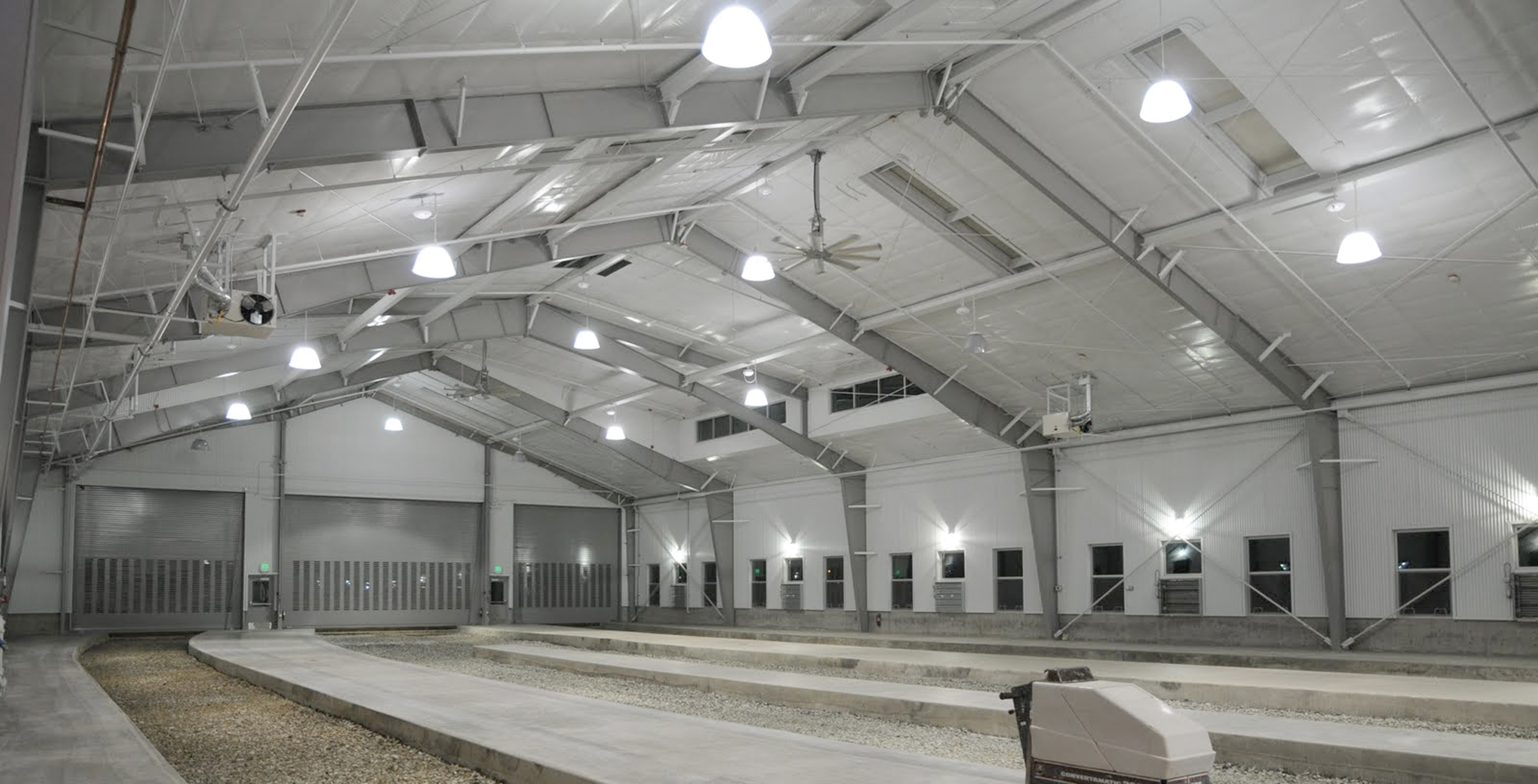
The purlins are covered by a fabric vapor retarder in a banded liner system (Ls).
Both systems provide high-R insulation to help meet stringent energy codes. One key difference is that certain banded liner systems also qualify as OSHA-compliant fall protection systems. Most long tab banded systems typically do not offer fall protection. Both options fulfill the metal building insulation U-value code requirements, so the system selected boils down to budget and preference.
In a banded liner system, large panels of fabric or other vapor retarder material is supported by banding, and installed underneath the purlins. Multiple layers of unfaced and/or faced (air barrier) metal building insulation is installed on top of the supporting fabric and banding filling the cavity. The purlins are covered by the fabric vapor retarder in a Banded Liner System.
A long tab banded system is a single or multilayer filled cavity system where the first layer is laminated metal building insulation installed parallel and between the purlin space. The long tab vapor retarder is joined or seamed on top of the purlins. A second layer of unfaced insulation may be placed on top of the first layer and perpendicular to the purlins. Banding on the bottom of the purlins provides support. In a long tab banded system, the purlins are left exposed.
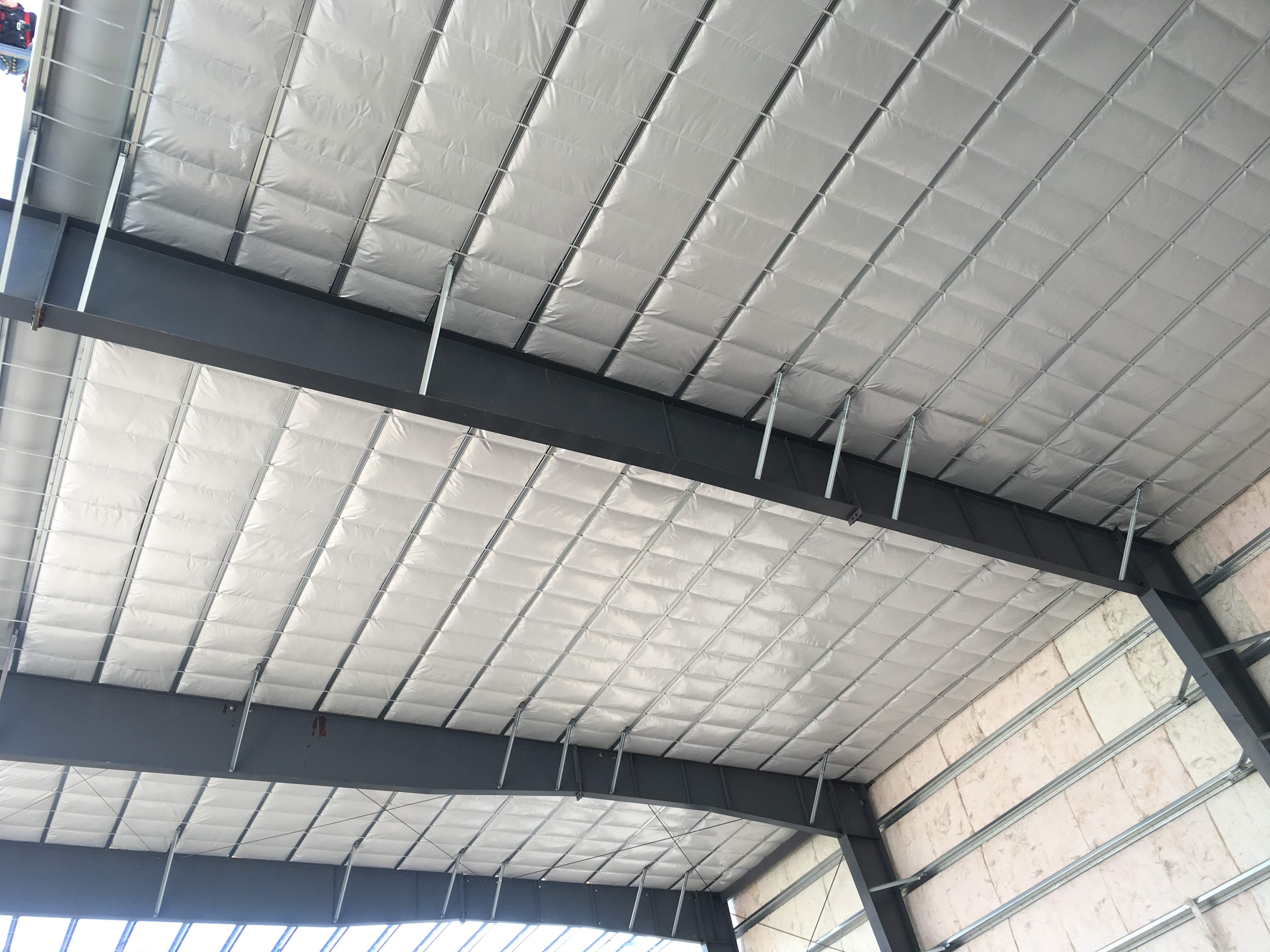
Purlins are left exposed in a long tab banded (Fc) system.
A long tab banded system is a single or multilayer filled cavity system where the first layer is laminated metal building insulation installed parallel and between the purlin space. The long tab vapor retarder is joined or seamed on top of the purlins. A second layer of unfaced insulation may be placed on top of the first layer and perpendicular to the purlins. Banding on the bottom of the purlins provides support. In a long tab banded system, the purlins are left exposed.
The Bottom Line
The code cycle changes that are either here or coming soon to your state are, without a doubt, challenging to say the least. However, the newest code changes mean more efficient buildings and more innovative solutions that have greater potential to save end-users money.
Bill Beals is the district manager at Therm-All Inc., North Olmsted, Ohio. To learn more, visit www.therm-all.com.





